EDITORIAL
Accepted on 11 Feb 2025
Editorial: Management of neuroendocrine tumors of the head and neck
doi 10.3389/fendo.2025.1570791
4,262
Total downloads
15k
Total views and downloads
Select the journal/section where you want your idea to be submitted:
EDITORIAL
Accepted on 11 Feb 2025
CASE REPORT
Published on 22 May 2024
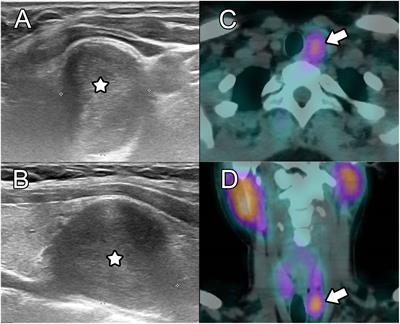
CASE REPORT
Published on 07 Mar 2024
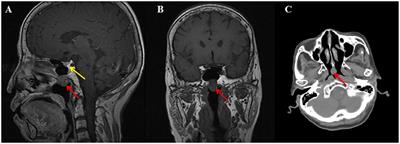
ORIGINAL RESEARCH
Published on 02 Feb 2024
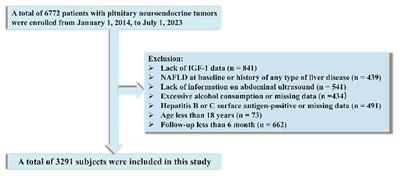
ORIGINAL RESEARCH
Published on 08 Jan 2024
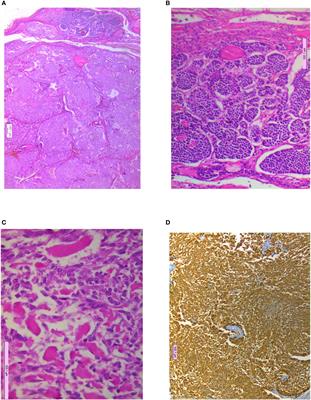
ORIGINAL RESEARCH
Published on 08 Dec 2023
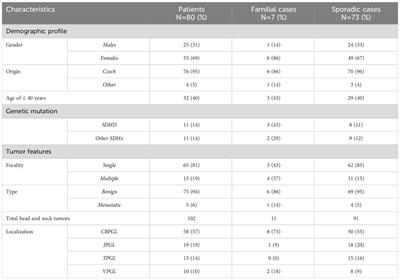
CASE REPORT
Published on 25 Sep 2023
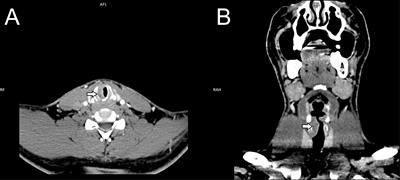
ORIGINAL RESEARCH
Published on 31 Aug 2023
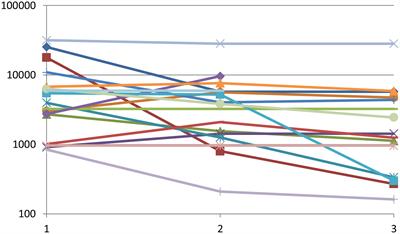

Frontiers in Neuroscience
Frontiers in Oncology